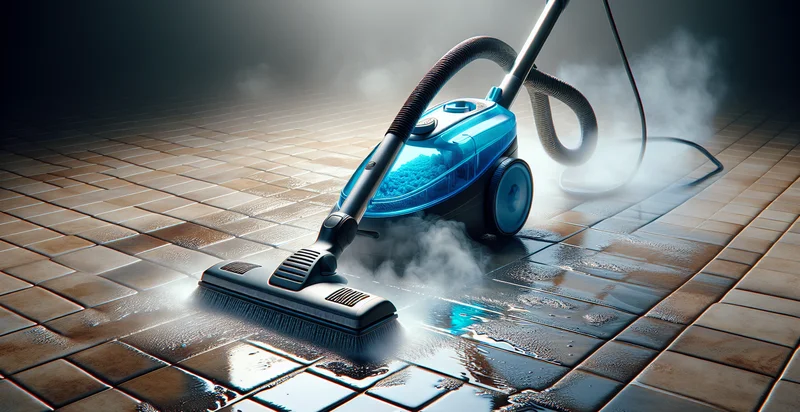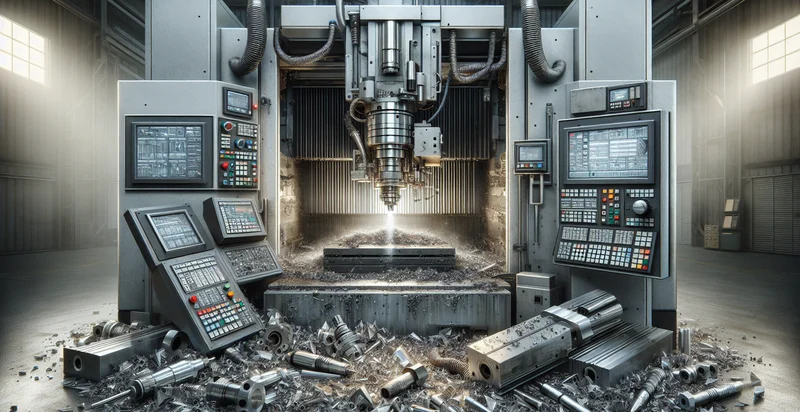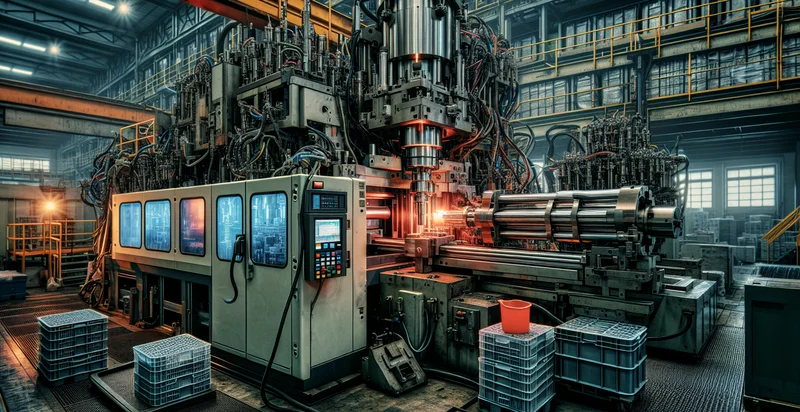Identify steam cleaner conditions
using AI
Below is a free classifier to identify steam cleaner conditions. Just upload your image, and our AI will predict the ideal conditions for using a steam cleaner - in just seconds.

Contact us for API access
Or, use Nyckel to build highly-accurate custom classifiers in just minutes. No PhD required.
Get started
import nyckel
credentials = nyckel.Credentials("YOUR_CLIENT_ID", "YOUR_CLIENT_SECRET")
nyckel.invoke("steam-cleaner-conditions", "your_image_url", credentials)
fetch('https://www.nyckel.com/v1/functions/steam-cleaner-conditions/invoke', {
method: 'POST',
headers: {
'Authorization': 'Bearer ' + 'YOUR_BEARER_TOKEN',
'Content-Type': 'application/json',
},
body: JSON.stringify(
{"data": "your_image_url"}
)
})
.then(response => response.json())
.then(data => console.log(data));
curl -X POST \
-H "Content-Type: application/json" \
-H "Authorization: Bearer YOUR_BEARER_TOKEN" \
-d '{"data": "your_image_url"}' \
https://www.nyckel.com/v1/functions/steam-cleaner-conditions/invoke
How this classifier works
To start, upload your image. Our AI tool will then predict the ideal conditions for using a steam cleaner.
This pretrained image model uses a Nyckel-created dataset and has 6 labels, including Fair Condition, Good Condition, Like New Condition, Poor Condition, Very Good Condition and Very Poor Condition.
We'll also show a confidence score (the higher the number, the more confident the AI model is around the ideal conditions for using a steam cleaner).
Whether you're just curious or building steam cleaner conditions detection into your application, we hope our classifier proves helpful.
Related Classifiers
Need to identify steam cleaner conditions at scale?
Get API or Zapier access to this classifier for free. It's perfect for:
- Quality Control in Manufacturing: This false image classification function can be employed in manufacturing plants to ensure that steam cleaners meet specific quality standards. By identifying images with subpar conditions, manufacturers can proactively address defects and improve product reliability before they reach the market.
- Customer Support Automation: Companies can integrate this function into their customer support systems to automatically identify and classify issues reported by customers regarding steam cleaner conditions. By categorizing images submitted by users, support teams can provide faster and more accurate assistance, enhancing customer satisfaction.
- Predictive Maintenance for Cleaning Equipment: Businesses can use the false image classification function to monitor and analyze the conditions of steam cleaners over time. By identifying degrading conditions early, companies can schedule maintenance proactively, reducing downtime and operating costs.
- Product Development Insights: R&D teams can utilize this function to analyze false classifications and discover common condition issues in steam cleaner prototypes. This data can inform design improvements, leading to more efficient products and fewer post-launch problems.
- Marketing and Advertising: Marketers can leverage the function to analyze consumer-uploaded images of steam cleaners in use. By classifying these images, they can gain insights into consumer satisfaction and preferences, allowing for targeted advertising that resonates with their audience.
- Compliance and Safety Audits: Regulatory agencies can use the classification function to inspect compliance with safety standards in steam cleaner usage. Identifying and categorizing images reflecting inappropriate or hazardous conditions can help ensure that products in the market adhere to regulations.
- Training and Development: The function can aid in training staff or customers on proper steam cleaner usage. By using accurately classified imagery, training programs can highlight common misuse scenarios, enhancing learning and preventing improper operation of the equipment.


